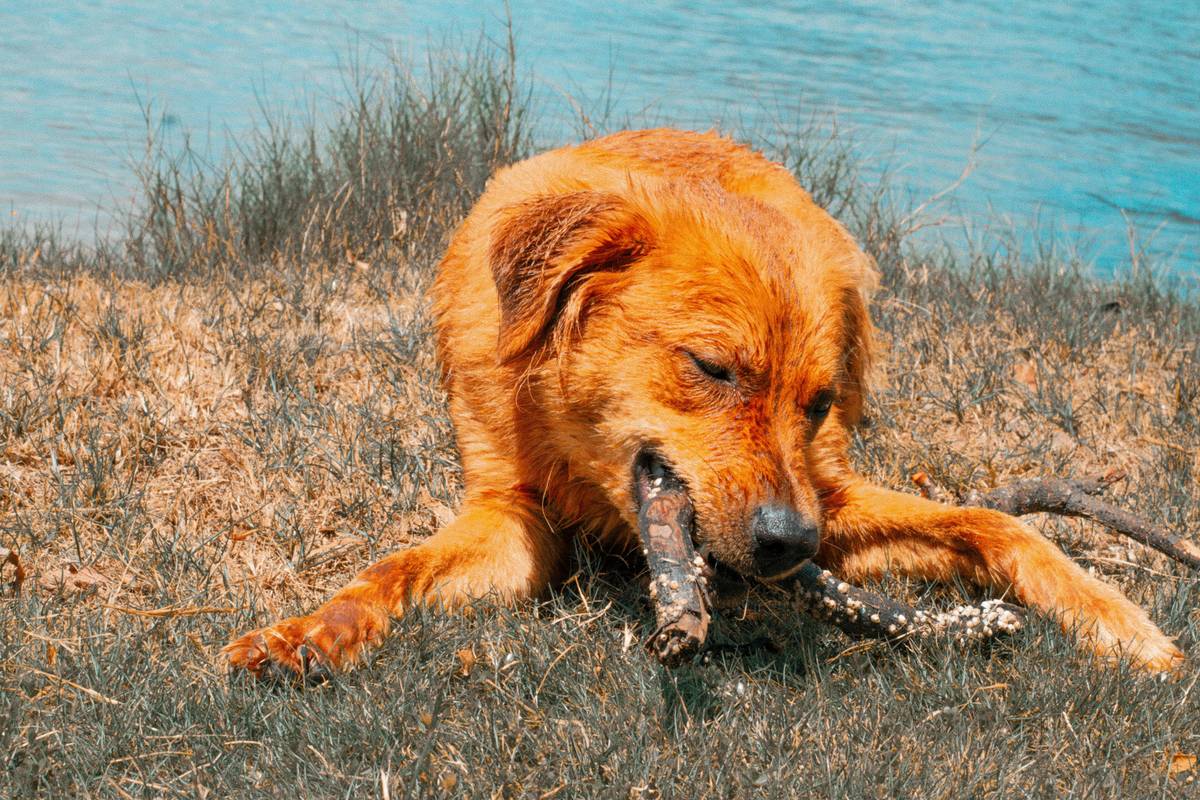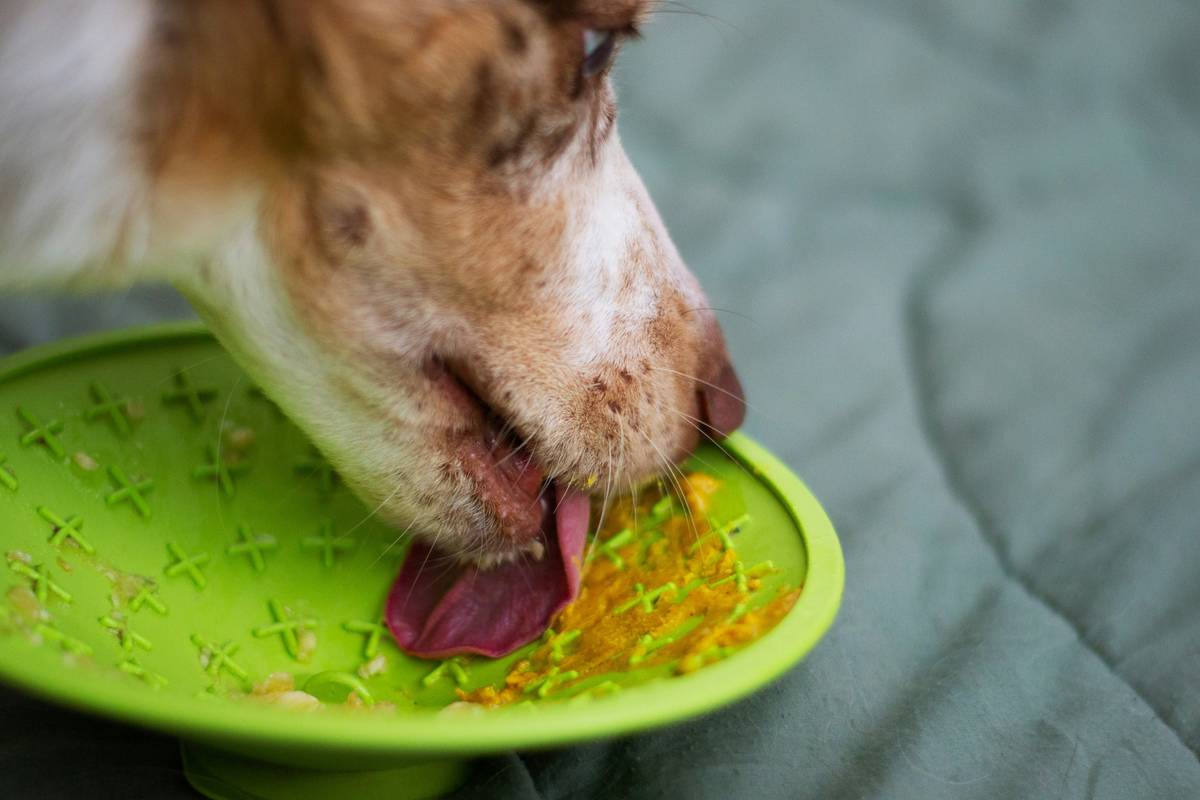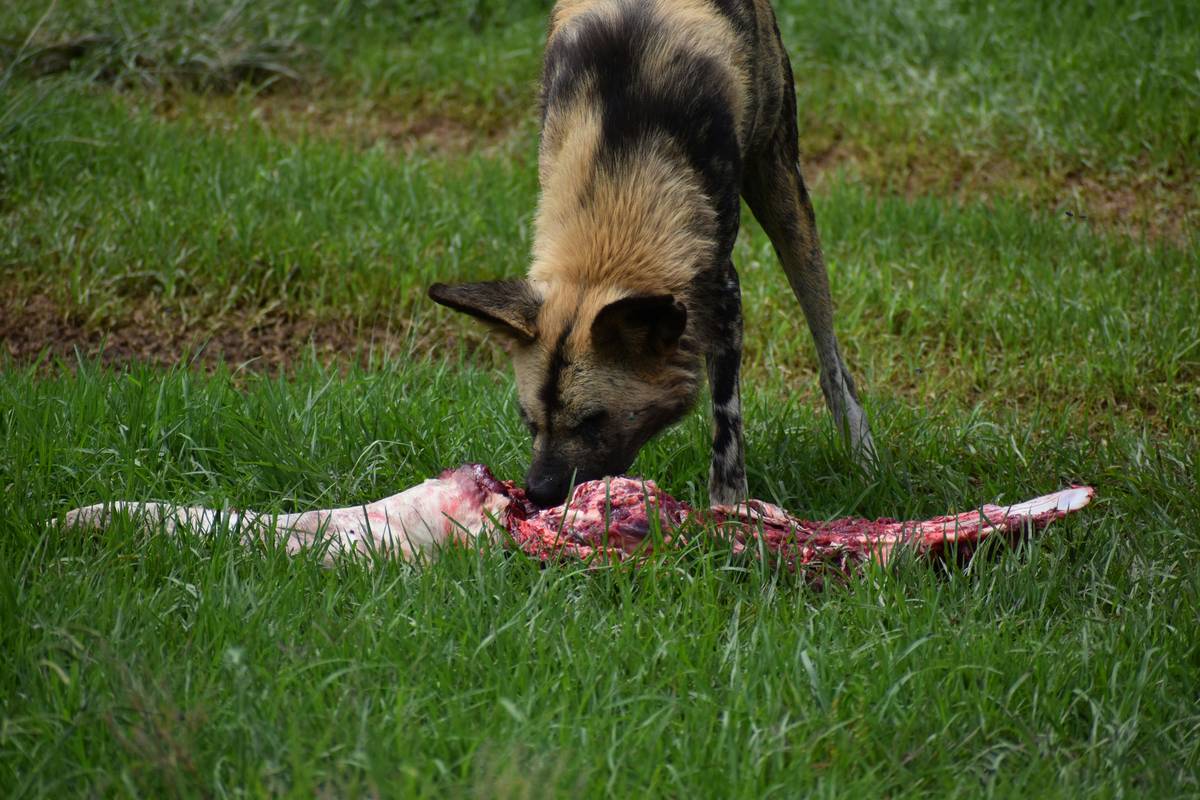Have you ever wondered why your hunting dog seems sluggish during long treks through the woods? Or maybe you’ve noticed they’re not recovering as quickly after intense workouts. If this sounds familiar, it’s time to rethink their diet—because when it comes to high-energy dogs, food isn’t just fuel; it’s a game-changer.
In this ultimate guide, we’ll dig deep into crafting an optimal high-energy dog diet, tailored specifically for hunting dogs. You’ll learn how to identify nutrient-rich foods, avoid common pitfalls, and create meal plans that boost stamina and recovery like never before. Buckle up—your pup is about to become unbeatable in the field.
Table of Contents
- Key Takeaways
- Why a High-Energy Dog Diet Matters for Hunting Dogs
- Step-by-Step Guide to Crafting the Perfect Diet Plan
- Top Tips for Selecting Specialized Hunting Dog Food
- Case Study: Real-Life Results from a Tailored Diet
- FAQs About High-Energy Dog Diets
Key Takeaways
- A high-energy dog diet should prioritize protein, healthy fats, and complex carbs to support endurance and muscle repair.
- Specialized pet food designed for hunting dogs often includes added vitamins and minerals for joint health and recovery.
- Common mistakes include overfeeding or underfeeding, which can sabotage performance and overall health.
- Tailoring meals based on activity levels ensures peak physical condition throughout training and hunting seasons.
Why a High-Energy Dog Diet Matters for Hunting Dogs
Ever seen your energetic Labrador collapse midway through a hunt because they ran out of steam? I once fed my German Shorthaired Pointer generic kibble thinking “food is food.” Spoiler alert: She didn’t perform well. Not only did her energy tank, but she also developed stiffness in her joints—an issue that proper nutrition could have prevented.
Hunting dogs burn calories faster than sedentary pets due to their intense bursts of activity. Without adequate fuel, these hardworking pups risk exhaustion, injury, and even long-term health issues. A balanced high-energy dog diet supplies the nutrients needed for sustained energy, lean muscle maintenance, and rapid recovery.

If you’ve been feeding commercial brands without considering nutrient density, it might explain those mid-hunt meltdowns. Let’s break down exactly what your furry athlete needs—and no, it’s not table scraps!
Step-by-Step Guide to Crafting the Perfect Diet Plan
Optimist You: “I’m excited to make my own high-energy dog diet plan!”
Grumpy You: “Ugh, fine—but if this gets complicated, I’m blaming Pinterest.”
Step 1: Understand Nutritional Requirements
Protein, fat, and carbs form the foundation of any high-energy dog diet:
- Protein: Supports muscle growth and recovery (aim for 25-30%).
- Fat: Provides concentrated energy (20-25% is ideal).
- Carbs: Offer quick-burning fuel via grains, sweet potatoes, or oats.
Step 2: Evaluate Ingredient Quality
Look for whole meats listed first on ingredient panels. Avoid fillers like corn or soy, which offer little nutritional value. Omega-3 fatty acids (found in fish oil) help reduce inflammation—a lifesaver for active joints.
Step 3: Adjust Portion Sizes Based on Activity Level
This part trips people up. One terrible tip floating around suggests doubling portion sizes for working dogs. Wrong! Incrementally adjust portions based on daily exertion. Overfeeding leads to obesity, while underfeeding zaps energy reserves.
Top Tips for Selecting Specialized Hunting Dog Food
- Choose Brands Designed for Working Breeds: Look for labels indicating high caloric content and enhanced amino acid profiles.
- Prioritize Joint Health Ingredients: Glucosamine, chondroitin, and MSM are must-haves for mobility.
- Supplement Wisely: Probiotics aid digestion, while turmeric fights oxidative stress.
- Monitor Hydration: Even with great food, dehydration kills performance.
Case Study: Real-Life Results from a Tailored Diet
Meet Max, a 4-year-old Pointer whose owner switched him from standard kibble to a custom high-energy dog diet. Within weeks, he showed improved focus on hunts and faster post-workout recovery. His coat became shinier, too—a bonus nobody anticipated!
Max’s secret sauce included raw chicken breast, quinoa, spinach, and wild-caught salmon oil. It took some tweaking, but the results speak for themselves:

Rant Alert: Don’t let anyone tell you that all dog food is created equal. Those generic bags at big-box stores? They’re trash. Your champion deserves chef-level care.
FAQs About High-Energy Dog Diets
How much more food do high-energy dogs need?
It depends on the breed and workload, but typically 20-50% more calories compared to sedentary counterparts.
Can homemade food replace specialized pet food entirely?
Yes, with careful planning. However, most owners combine homemade meals with premium commercial options for convenience.
Is grain-free better for hunting dogs?
Not necessarily. Grains like brown rice provide sustained energy. Consult a vet before eliminating them completely.
Conclusion
Transforming your hunting dog’s diet doesn’t have to feel overwhelming. By focusing on protein-packed recipes, nutrient-dense supplements, and precise portion control, you’re setting them up for success—one tail wag at a time. Remember, consistency is key.
Here’s a haiku to wrap things up:
Energy unleashed,
Hunting champs thrive on good grub.
Bone broth saves the day.


